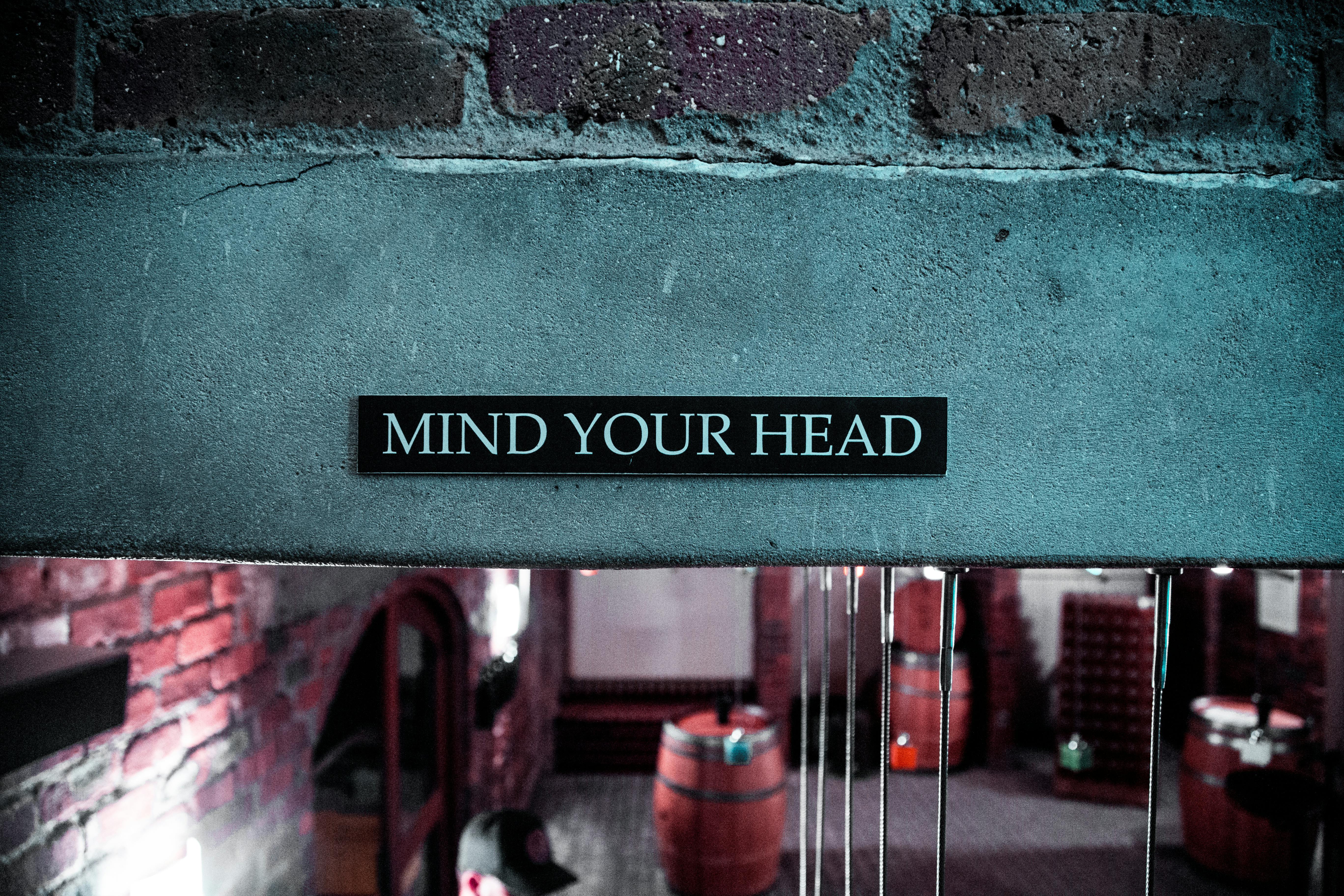“The Benefits of Mindfulness Meditation for Beginners”

Understanding Mindfulness Meditation
Mindfulness meditation involves paying attention to the present moment without judgment. This practice is about observing your thoughts and sensations as they are, without trying to change them. It emphasizes the importance of focusing on your breath and staying present. The beauty of mindfulness meditation is its simplicity and accessibility; you don’t need any special equipment or memberships to get started.
Getting Started with Meditation
To begin your mindfulness meditation practice, find a calm and quiet place where you can sit comfortably. Set a time limit that suits your schedule, even if it’s just a few minutes. The key is to be patient with yourself and to approach your practice with kindness. Remember, meditation is about being present, not achieving a specific state of mind. Here are some simple steps to get started:
- Find Your Seat: Sit in a comfortable position, whether it’s on a chair, a cushion, or even lying down. The goal is to find a posture that allows you to stay alert yet relaxed.
- Focus on Your Breath: Pay attention to your breath as it goes in and out. Notice the sensation of the air entering your nostrils and filling your lungs, and then the feeling as it leaves your body.
- Be Present: As you focus on your breath, you’ll notice your mind wandering. This is normal. When it happens, gently bring your attention back to your breath.
Common Meditation Techniques for Beginners
There are various meditation techniques you can explore to find what works best for you:
- Mindfulness Meditation: This involves observing your thoughts and sensations without judgment. It helps you stay grounded in the present moment.
- Loving-Kindness Meditation: This technique focuses on cultivating feelings of love and compassion towards yourself and others. You repeat positive affirmations and visualize sending love to others.
- Guided Visualization: Use your imagination to create a peaceful scene in your mind. Visualize yourself in a serene environment, engaging all your senses to enhance the experience.
- Mantra Meditation: Repeat a word, phrase, or sound (mantra) to help focus your mind and create a sense of calm.
- Body Scan Meditation: Bring awareness to different parts of your body, starting from your toes and moving up to your head, noticing any sensations or tension and consciously releasing it.
Benefits of Regular Meditation Practice
The benefits of regular mindfulness meditation practice are vast and well-documented. Here are some key benefits you can expect:
- Stress Reduction: Meditation helps to reduce stress by promoting relaxation and a sense of calm. Research has shown that even short-term practice can significantly lower stress levels.
- Enhanced Emotional Well-being: Regular practice can help manage anxiety, depression, and emotional burdens. It allows you to process your thoughts and feelings in a healthier way.
- Improved Focus and Concentration: Meditation trains your mind to stay focused on the present, which can enhance your concentration and productivity in daily tasks.
- Better Sleep: Many people find that meditation helps improve their sleep quality by calming the mind before bedtime.
- Physical Health Benefits: Meditation has been linked to lower blood pressure, improved immunity, and relief from physical complaints such as tension headaches and chronic pain.
Tips for a Successful Meditation Practice
Starting a meditation practice can be challenging, but with some tips, you can make it a sustainable part of your routine:
- Start Small: Begin with just a few minutes each day and gradually increase the duration as you become more comfortable.
- Be Consistent: Try to meditate at the same time each day to build a habit. Consistency is key to experiencing the long-term benefits of meditation.
- Create a Comfortable Space: Dedicate a quiet and comfortable space in your home for meditation. This can help signal to your mind that it’s time to relax and focus.
- Be Patient with Yourself: It’s normal for your mind to wander during meditation. When it does, gently bring your focus back to your breath without judgment.
- Use Guided Meditations: If you find it difficult to meditate on your own, guided meditations can be a wonderful tool to help you stay focused and engaged.
Conclusion
Mindfulness meditation offers a simple yet powerful way to enhance your mental and physical well-being. By incorporating this practice into your daily routine, you can experience reduced stress, improved emotional health, and greater overall quality of life. Remember, the journey of meditation is about progress, not perfection. So take it one breath at a time, and enjoy the process of becoming more present and mindful in your everyday life.
Happy meditating!


